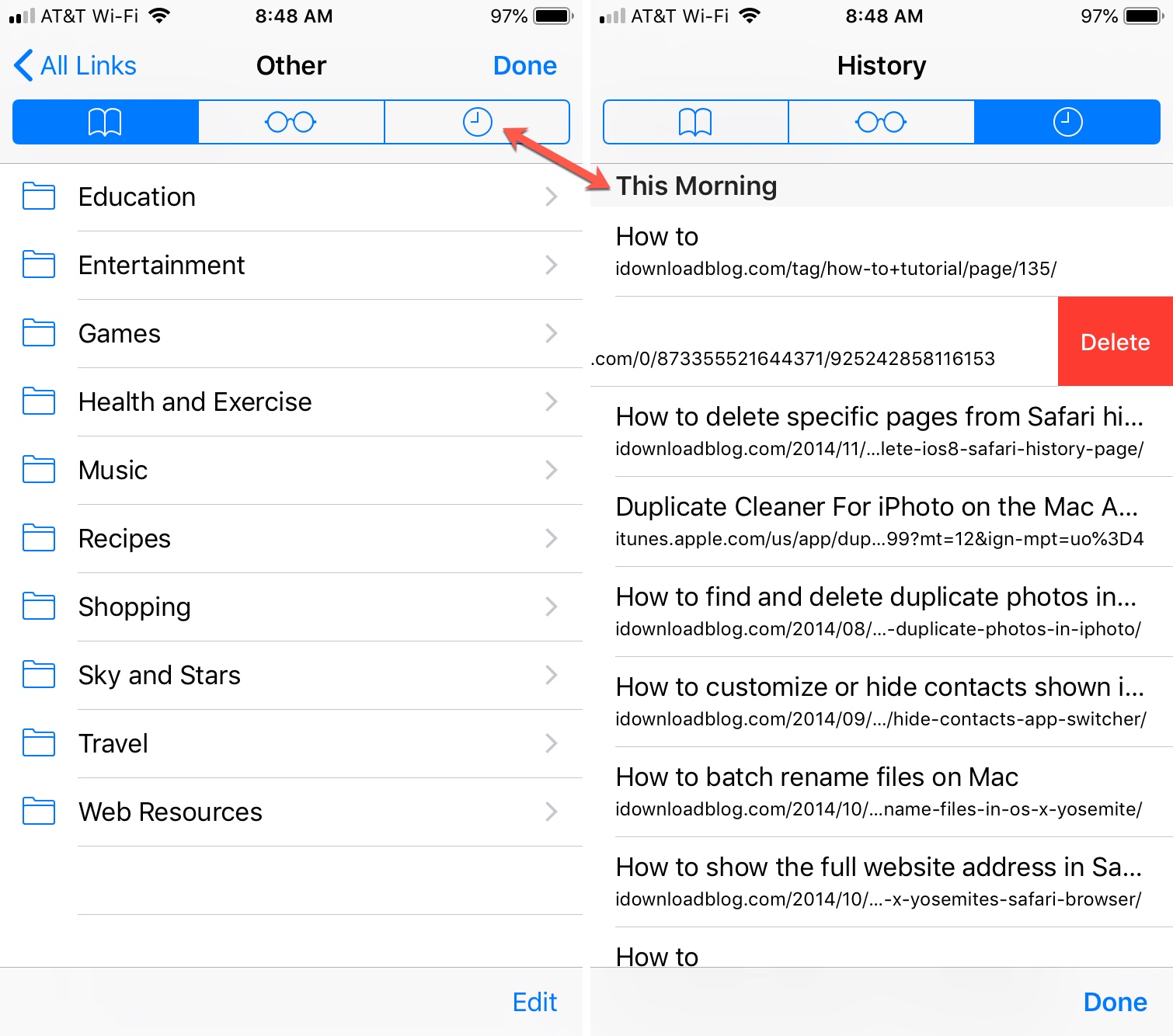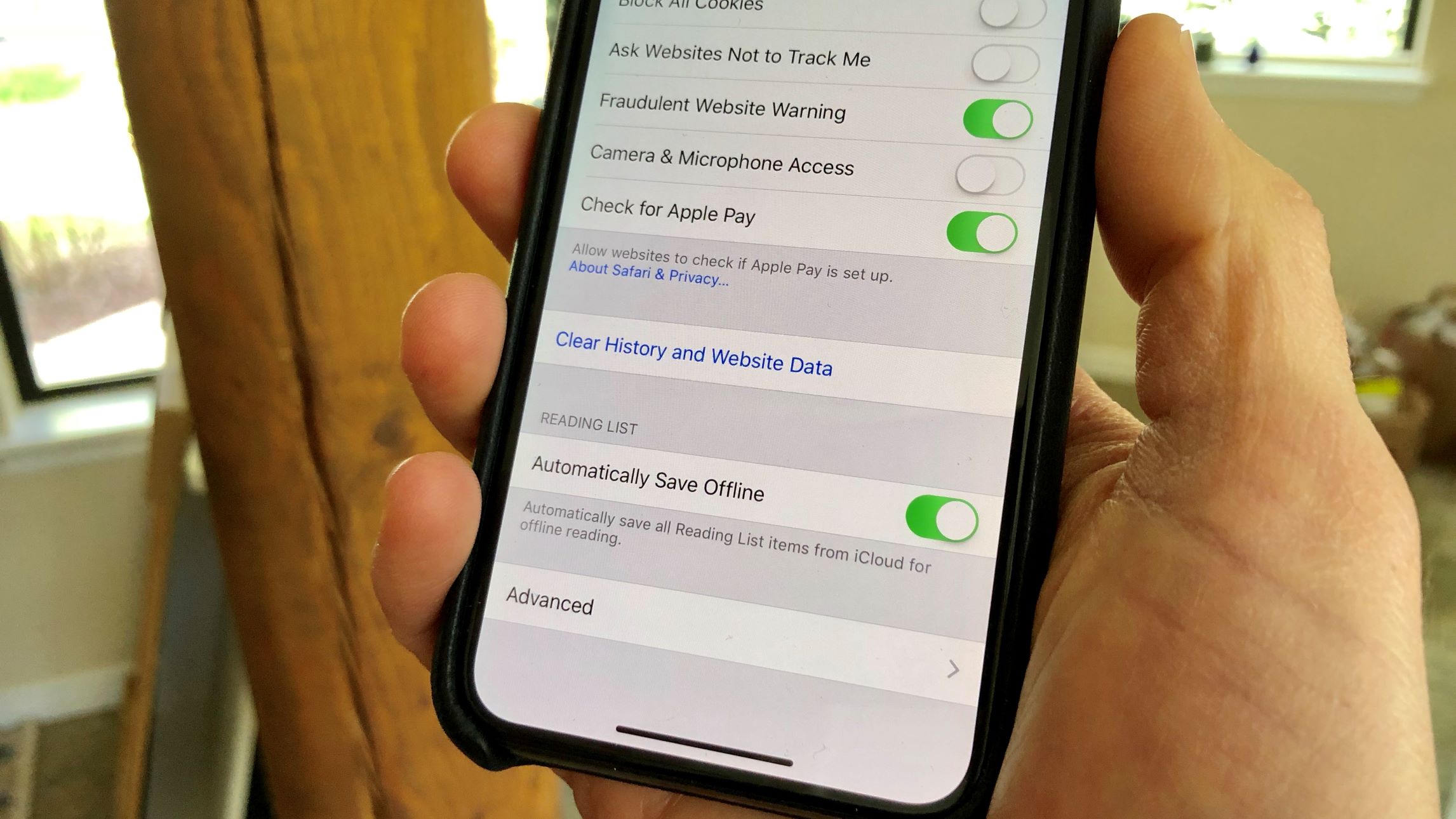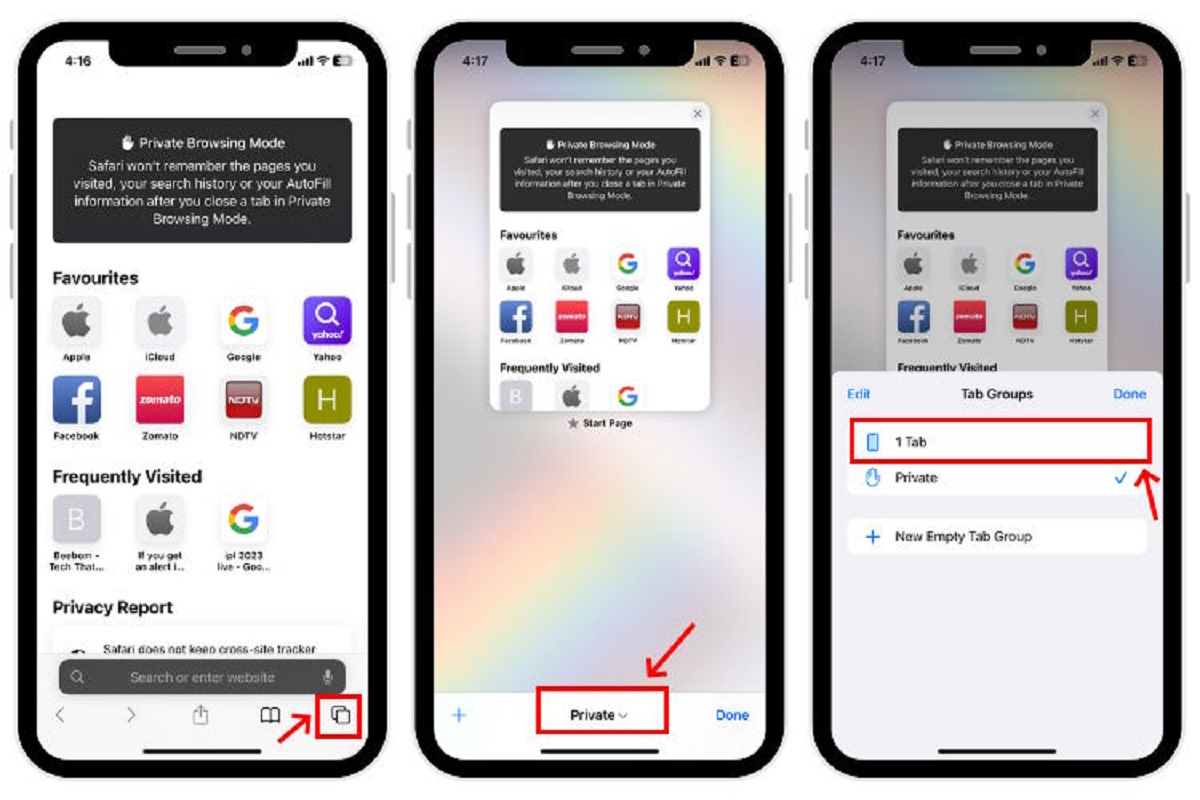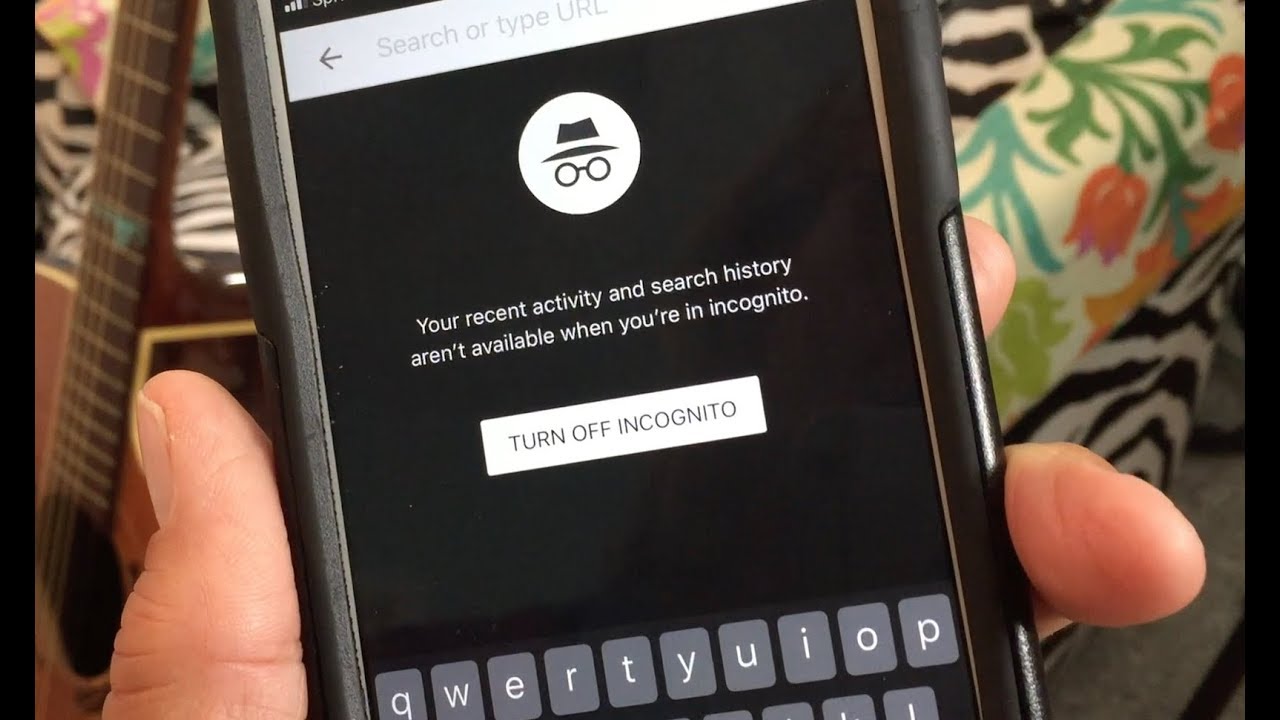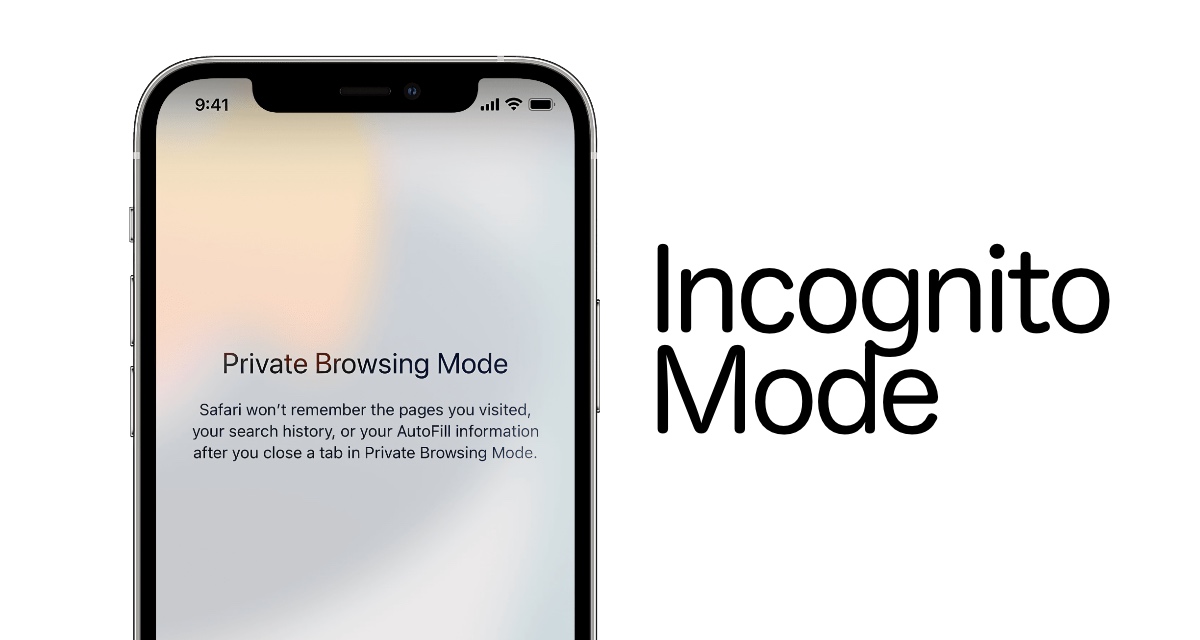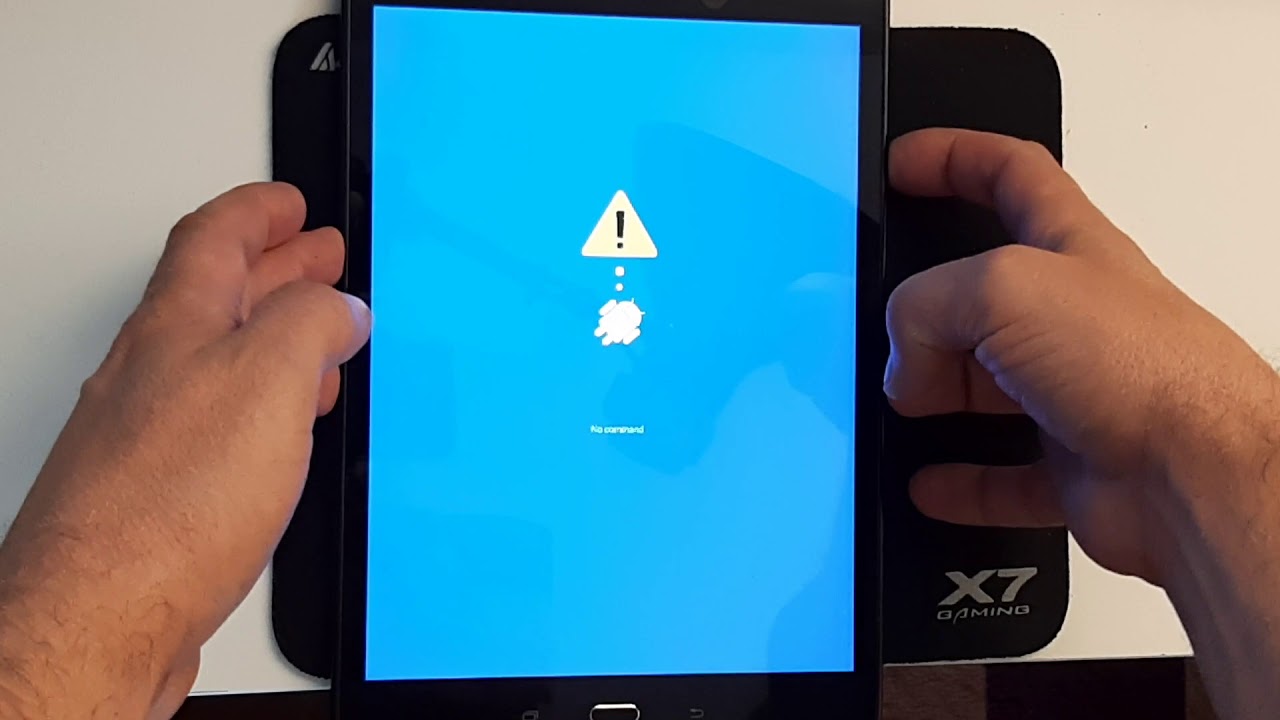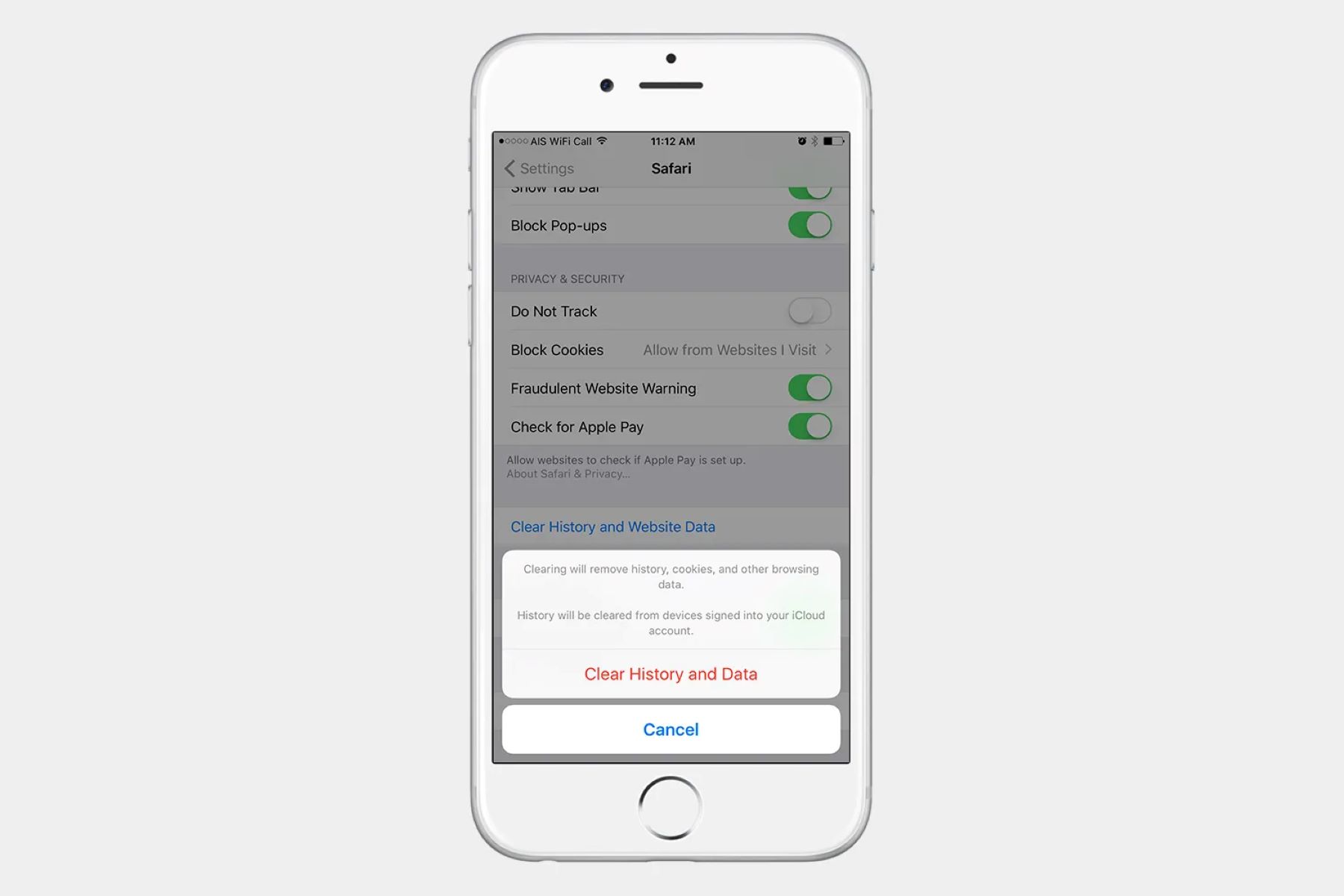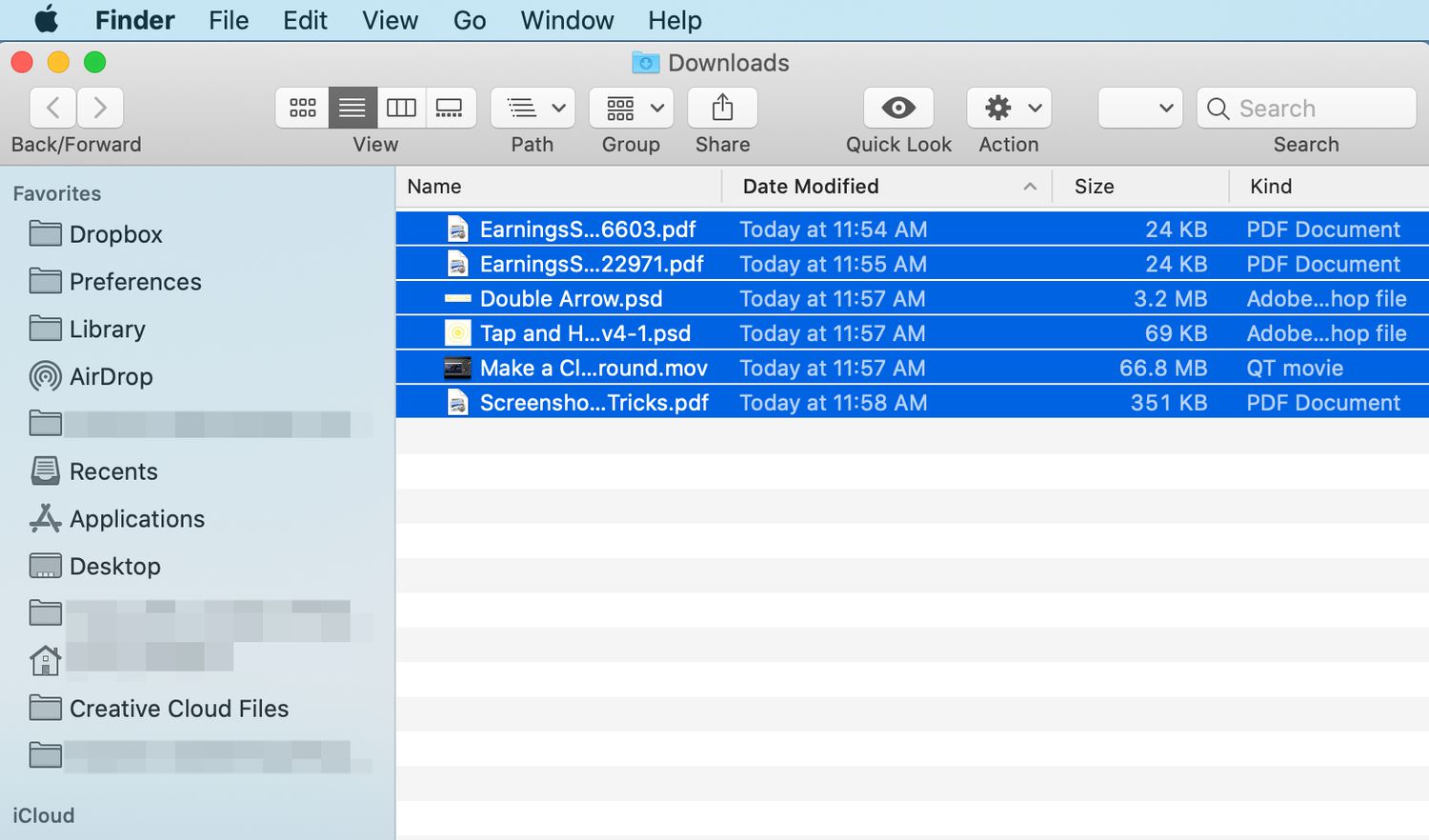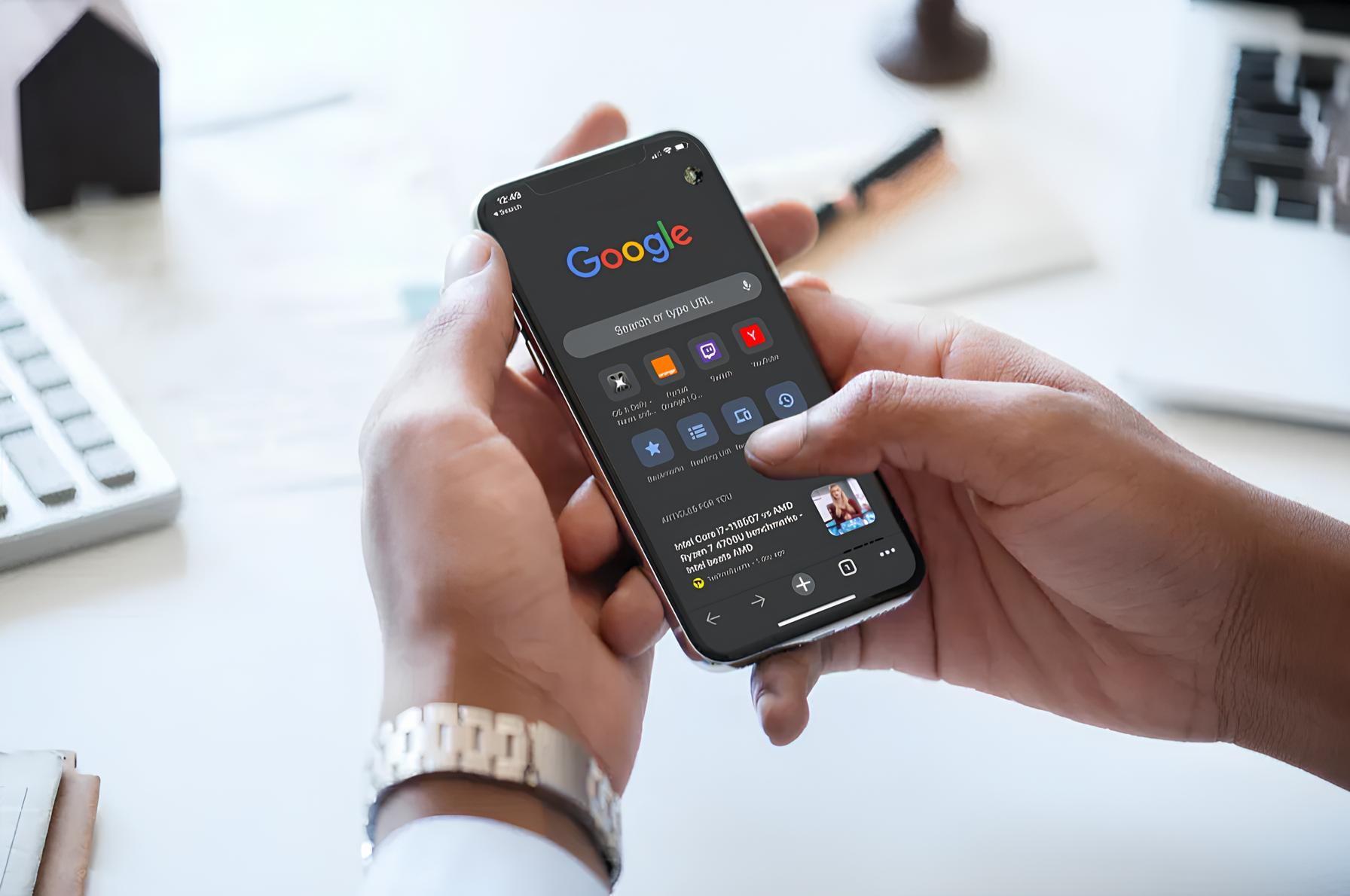Introduction
As technology continues to advance, the use of mobile devices for browsing the internet has become increasingly common. iPhones, with their sleek design and user-friendly interface, have gained significant popularity among smartphone users. Whether you use Safari, Chrome, Firefox, or Opera as your preferred browser on your iPhone, it’s important to have the ability to check your browsing history.
Checking your browser history on an iPhone can help you revisit websites you’ve previously visited or retrace your steps to find important information. In this guide, we will explore how to view your browser history on Safari, Chrome, Firefox, and Opera, as well as how to clear your browsing history for added privacy.
So, whether you’re looking to revisit an article you read earlier, trace back your browsing activity for research purposes, or simply want to maintain the privacy of your browsing habits, let’s dive into the various methods of viewing and managing your browser history on your iPhone.
Checking Browser History on Safari
If you’re using the default browser on your iPhone – Safari, you have a few simple steps to follow to view your browsing history:
- Open Safari. The Safari icon can typically be found on your iPhone’s home screen.
- Tap the bookmarks icon located at the bottom of the screen. It resembles an open book.
- Next, tap the clock icon labeled “History” at the top of the bookmarks menu. This will open a list of websites you have visited recently.
- You can now scroll through the list to view your browsing history. Each entry includes the website’s title and URL, as well as the date and time you visited it.
- If you want to visit a website from your browsing history, simply tap on the entry, and Safari will open the webpage for you.
Safari also provides an option to search for a specific website in your browsing history. To do this:
- Tap the search bar at the top of the Safari browser.
- Type in the name or URL of the website you want to find.
- As you type, Safari will display a list of suggestions based on your browsing history. Tap on the desired website to access it.
With these straightforward steps, you can easily access and navigate through your browsing history on Safari, making it a convenient feature for users who want to revisit previously visited websites.
Checking Browser History on Chrome
If you prefer using Google Chrome as your browser on your iPhone, checking your browsing history is a breeze:
- Launch the Google Chrome app from your iPhone’s home screen.
- Tap the Menu icon in the bottom-right corner of the screen. It looks like three dots arranged vertically.
- In the menu that appears, select the “History” option.
- You will now see a list of websites you have visited, organized by date. Each entry displays the website’s title, URL, and the time of your visit.
- To visit a specific website from your history, simply tap on its entry, and Chrome will load the page for you.
If you’re looking for a particular website in your browsing history, Chrome provides a search function:
- Tap the Search icon located at the top of the screen, represented by a magnifying glass.
- Type in the name or URL of the website you’re searching for.
- As you enter your search term, Chrome will display a list of matching results from your browsing history. Tap on the desired website to access it.
Chrome’s user-friendly interface and easy-to-navigate menus make it a convenient option for viewing and managing your browsing history on your iPhone.
Checking Browser History on Firefox
For Firefox users on iPhone, checking your browsing history is a straightforward process:
- Launch the Firefox app from your iPhone’s home screen.
- Tap the Menu icon located in the bottom-right corner of the screen. It looks like three horizontal lines.
- In the menu that appears, tap on the clock icon labeled “History”.
- You will now see a chronological list of websites you have visited. Each entry includes the website’s title, URL, and the time of your visit.
- To revisit a specific website from your history, simply tap on its entry, and Firefox will load the page for you.
If you’re looking for a particular website in your browsing history, Firefox provides a convenient search option:
- Tap the search bar located at the top of the screen.
- Type in the name or URL of the website you’re searching for.
- As you type, Firefox will display a list of matching results from your browsing history. Tap on the desired website to access it.
Firefox’s intuitive interface and easy-to-use features make it a suitable option for checking your browsing history on your iPhone. Now you can easily revisit previously visited websites or find specific pages within your history.
Checking Browser History on Opera
If you use Opera as your preferred browser on your iPhone, checking your browsing history is a simple and efficient process:
- Open the Opera app from your iPhone’s home screen.
- Tap the “O” icon located in the bottom-right corner of the screen to access the Opera menu.
- In the menu that appears, tap the “History” option.
- You will now see a list of websites you have visited, organized by date. Each entry displays the website’s title, URL, and the time of your visit.
- To visit a specific website from your history, simply tap on its entry, and Opera will load the page for you.
If you’re looking for a particular website in your browsing history, Opera offers a useful search feature:
- Tap the search bar located at the top of the screen.
- Type in the name or URL of the website you’re searching for.
- As you enter your search term, Opera will display a list of matching results from your browsing history. Tap on the desired website to access it.
With Opera’s user-friendly interface and straightforward navigation, you can easily access and manage your browsing history on your iPhone. Whether you’re looking to revisit a particular website or search for a specific page in your history, Opera has you covered.
Clearing Browser History on iPhone
If you want to clear your browser history on your iPhone for privacy reasons or to free up some storage space, here’s how you can do it:
Clearing Safari History:
- Go to the Settings app on your iPhone’s home screen.
- Scroll down and tap on “Safari”.
- Tap on “Clear History and Website Data”.
- A pop-up will appear asking you to confirm the action. Tap “Clear History and Data” to proceed.
By following these steps, your Safari browsing history, as well as any cookies and other browsing data, will be deleted from your iPhone.
Clearing Chrome History:
- Open the Chrome app on your iPhone.
- Tap the Menu icon in the bottom-right corner.
- Select “Settings” from the menu.
- Tap “Privacy”.
- Finally, tap on “Clear Browsing Data” and choose the data types you want to delete, such as browsing history, cookies, and cached images.
- Tap “Clear Browsing Data” to confirm and clear the selected data.
Following these steps will allow you to clear your browsing history and other relevant data stored by the Chrome browser on your iPhone.
Note that the steps to clear browsing history may slightly differ depending on the browser you are using. However, most browsers offer a similar functionality within their settings menu.
Clearing your browser history can help protect your privacy and maintain a cleaner browsing experience on your iPhone. It’s important to regularly clear your history, especially if you share your device with others or if you want to keep your browsing habits confidential.
Keeping Your Browsing History Secure
As you browse the internet on your iPhone, it’s essential to keep your browsing history secure. Here are some tips to help you protect your privacy:
Use Private Browsing Mode:
Most browsers offer a private browsing mode, such as Safari’s “Private Browsing” or Chrome’s “Incognito Mode.” When using this mode, your browsing history, cookies, and other data are not stored on your device. Private browsing is particularly useful when accessing sensitive information or using a shared device.
Regularly Clear Your Browsing History:
We discussed earlier how to clear your browsing history from various browsers on your iPhone. Regularly clearing your history ensures that no one can access your past browsing activities. It’s a good practice to clear your history periodically or set your browser to automatically clear it upon exiting.
Disable Autofill and Saved Passwords:
While autofill and password-saving features can be convenient, they can also pose a security risk. Disabling these features will prevent your browser from saving sensitive information, such as login credentials, and reduce the chances of unauthorized access to your accounts.
Use a Virtual Private Network (VPN):
A VPN encrypts your internet connection, making it more secure and protecting your browsing history from potential eavesdroppers. By using a VPN, you can browse the internet anonymously and ensure that your online activities remain private.
Keep Your Device Locked:
Locking your iPhone with a passcode, fingerprint, or Face ID adds an extra layer of security to your browsing history. It prevents unauthorized access to your device, ensuring that your browsing data remains confidential.
Stay Updated:
Keep your iPhone’s operating system, browser, and apps up to date. Developers often release security patches and updates to address vulnerabilities, so installing these updates promptly will help safeguard your browsing history from potential threats.
By following these measures, you can better protect your browsing history from unauthorized access and maintain your online privacy on your iPhone. It’s vital to prioritize your security when web browsing to ensure a safer and more secure digital experience.
Conclusion
Being able to check and manage your browser history on your iPhone is a useful feature that allows you to easily revisit websites you’ve previously visited or trace back your steps for research purposes. Whether you use Safari, Chrome, Firefox, or Opera as your preferred browser, each offers a straightforward way to view your browsing history.
Safari users can access their history by tapping on the bookmarks icon and selecting the clock icon labeled “History.” Chrome users can find their browsing history by tapping the menu icon and selecting “History.” Firefox users can access their history by tapping the menu icon and selecting “History.” And Opera users can access their history by tapping the Opera menu and selecting “History.”
In addition to viewing your browsing history, it’s also important to know how to clear it for privacy reasons. You can clear your browser history in Safari by going to the Settings app, selecting “Safari,” and tapping on “Clear History and Website Data.” For Chrome, you can clear your browsing data by selecting “Settings” in the Chrome menu, tapping on “Privacy,” and choosing “Clear Browsing Data.” Similar options are available for Firefox and Opera.
While browsing the internet on your iPhone, it’s crucial to keep your browsing history secure. Using private browsing mode, regularly clearing your history, disabling autofill and saved passwords, utilizing a VPN, keeping your device locked, and staying updated with software updates are all important steps to protect your browsing privacy.
In conclusion, understanding how to check and manage your browser history on your iPhone empowers you to navigate the digital world more effectively. By staying mindful of your browsing habits and implementing security measures, you can have peace of mind knowing that your browsing history is secure.







